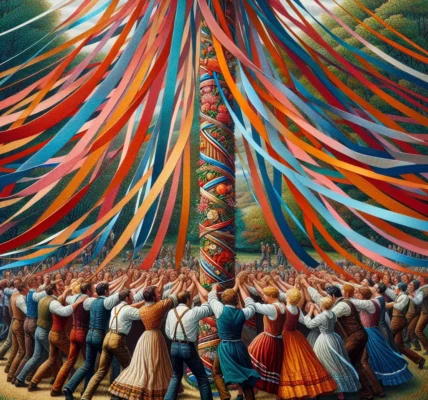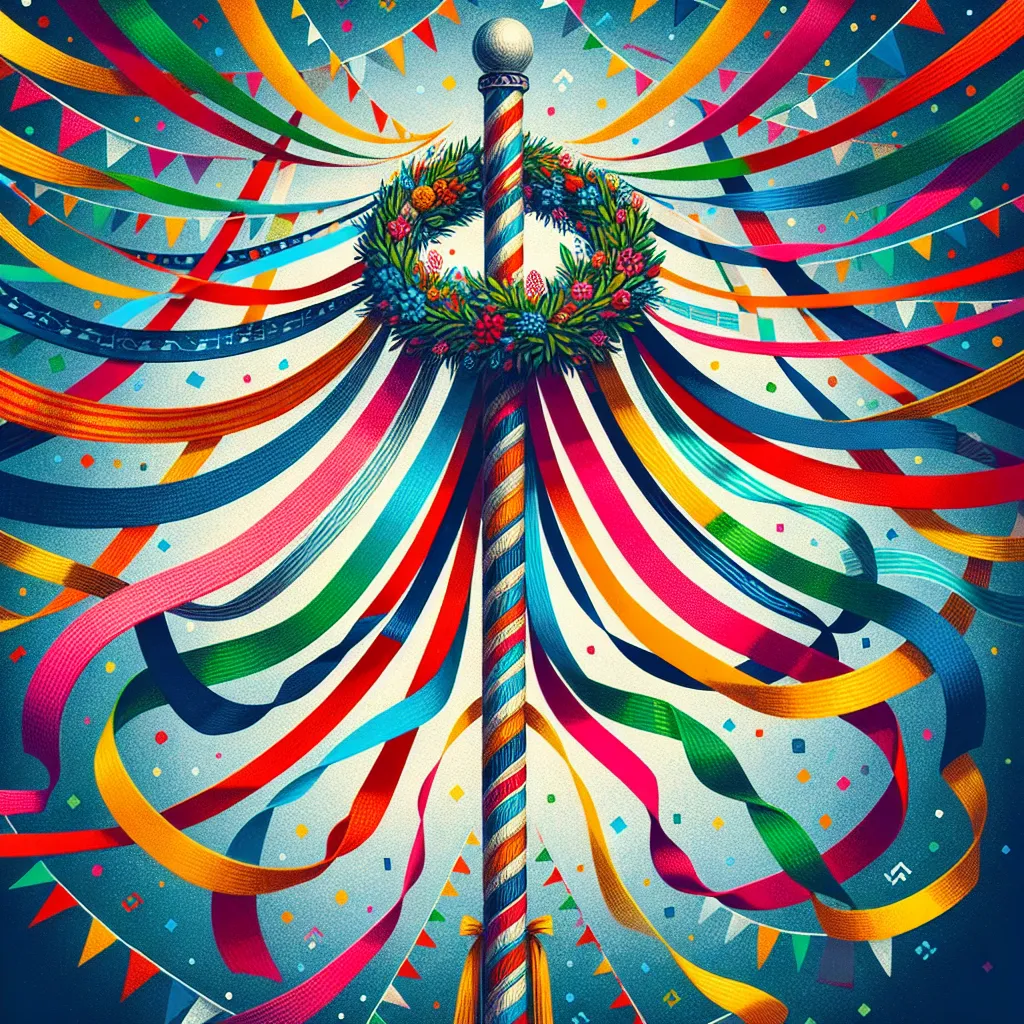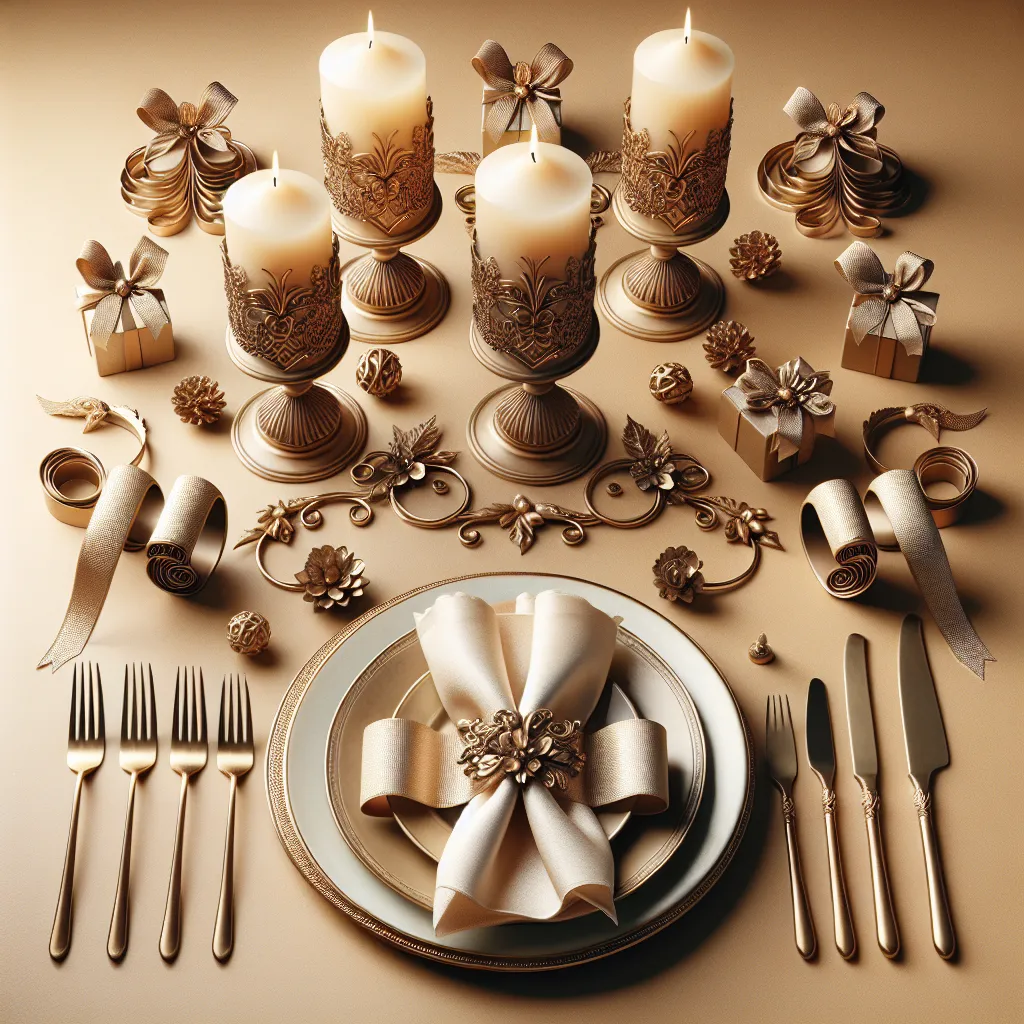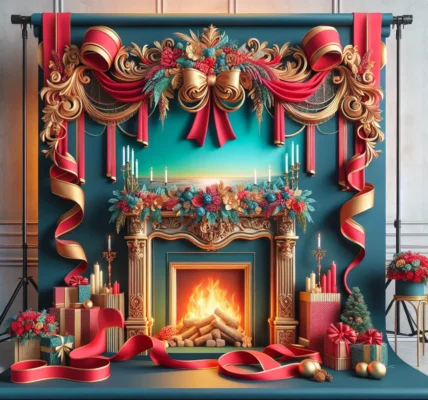The Origins of Festive Ribbons in Ancient Civilizations
Festive ribbons have been an essential part of celebrations and ceremonies in various cultures throughout history. The use of ribbons to adorn and symbolize special occasions can be traced back to the ancient civilizations of Egypt, China, and Rome.
In ancient Egypt, colorful ribbons were intricately woven into hair accessories, garments, and even used as adornments for ceremonial objects. These ribbons were often dyed with vibrant natural pigments and adorned with symbolic patterns to convey messages of status, identity, and spiritual significance. The use of festive ribbons in Egyptian culture signified the connection between the physical and spiritual realms during religious rituals and festivities.
Similarly, in ancient China, festive ribbons held significant cultural symbolism. During the Han Dynasty, silk ribbons were used to decorate temples, homes, and ceremonial objects as a symbol of prosperity, good fortune, and warding off evil spirits. The intricate art of ribbon embroidery also flourished during this time, showcasing the Chinese reverence for using ribbons as a means of artistic expression and cultural symbolism.
In ancient Rome, festive ribbons played a vital role in various public and private celebrations. Romans adorned themselves with ribbons during festivals, processions, and religious ceremonies, using them as symbols of victory, honor, and allegiance to deities. The vibrant colors and intricate designs of the ribbons added a sense of grandeur and auspiciousness to the events, reflecting the importance of symbolism in Roman culture.
The origins of festive ribbons in ancient civilizations reveal the deep-rooted significance of these decorative elements in conveying cultural, spiritual, and societal messages. The timeless tradition of using ribbons to adorn and symbolize festive occasions continues to be cherished in diverse cultures around the world.
Cultural Significance of Festive Ribbons in Traditional Festivals
Festive ribbons have played a significant role in traditional festivals across various cultures, serving as powerful symbols deeply rooted in history and cultural significance. In many traditional festivals, the use of ribbons is a reflection of the community’s values, beliefs, and customs. The history of festive ribbons dates back centuries and varies greatly from one culture to another, each with its own unique symbolism and purpose.
In Chinese culture, the color red holds great significance and is commonly associated with good luck, happiness, and prosperity. During the Chinese New Year, vibrant red ribbons are used to decorate homes and public spaces as a symbol of warding off evil spirits and attracting good fortune for the coming year. The act of gifting red ribbons during this time is also believed to express good wishes for the recipient’s well-being and success.
Similarly, in Celtic traditions, ribbons are intricately woven into maypole dances during May Day celebrations, symbolizing the weaving together of the community and the welcoming of the summer season. The colorful ribbons are braided around the maypole in a lively dance, signifying the unity and vitality of the community.
Furthermore, in Hindu festivals such as Raksha Bandhan, sisters tie colorful and ornate ribbons, known as rakhi, around the wrists of their brothers as a symbol of love, protection, and the bond of siblinghood. The rakhi holds immense cultural significance and represents the sister’s prayer for her brother’s well-being and the brother’s lifelong vow to protect his sister.
Across different cultures, festive ribbons continue to serve as poignant symbols of unity, protection, prosperity, and love, deeply intertwined with the cultural fabric of traditional festivals. The history and symbolism of these ribbons not only enrich the festivities but also provide a profound connection to the cultural roots and values of diverse communities around the world.
Evolution of Festive Ribbon Symbolism Through the Ages
Festive ribbons have long been a significant element in various cultures, symbolizing diverse meanings and traditions throughout history. The evolution of festive ribbon symbolism spans across different ages and holds a rich tapestry of cultural significance.
In ancient Roman times, festive ribbons were used during religious ceremonies and public celebrations, serving as symbols of honor and victory. The colorful ribbons were also tied around the necks of athletes, signifying their achievements in sporting events.
In medieval Europe, ribbons became synonymous with heraldry, as noble families utilized them as emblems of their lineage and status. These ribbons adorned armor, clothing, and family crests, representing ancestry and social standing.
During the Renaissance, festive ribbons took on new symbolism as decorative elements in fashion and art. They were intricately woven into garments and used to embellish gifts, conveying messages of affection and refinement.
In East Asian cultures, festive ribbons have been integral to traditional ceremonies and festivals, symbolizing blessings, prosperity, and joy. The vibrant colors and intricate designs of ribbons hold deep spiritual and cultural significance, reflecting harmonious cosmic forces and auspicious sentiments.
Across various cultures, the symbolism of festive ribbons has evolved to encompass themes of celebration, unity, and commemoration. Whether adorning Maypoles in Europe, adorning ceremonial gifts in Asia, or symbolizing victory in ancient Rome, festive ribbons continue to weave a universal thread of cultural expression and human connection through the ages.
Festive Ribbon Traditions Around the World
Festive ribbons have played a significant role in cultural traditions worldwide, serving as vibrant symbols of joy, celebration, and meaningful rituals. From ancient civilizations to modern-day cultures, the use of festive ribbons has been deeply ingrained in ceremonial practices across the globe.
In China, red festive ribbons are commonly associated with good luck and are prominent features in traditional New Year celebrations. The color red holds great significance in Chinese culture, symbolizing happiness, prosperity, and good fortune. The vibrant red ribbons are often used to adorn gifts, doorways, and festive decorations, emphasizing the joyful and auspicious nature of the occasion.
Similarly, in many European countries, festive ribbons are intricately woven into various customs and festivities. In Sweden, the maypole is adorned with colorful ribbons during Midsummer celebrations, symbolizing the vibrant and joyful spirit of the season. The act of dancing around the maypole, entwining the ribbons, is a cherished tradition that brings communities together in joyful revelry.
Furthermore, in India, the vibrant festival of Raksha Bandhan sees the exchange of intricately adorned ceremonial threads, known as rakhis, between siblings. These decorative threads, often embellished with vivid ribbons, are a symbol of love and protection, signifying the strong bond between brothers and sisters.
Across the continents, festive ribbons serve as powerful conduits of cultural expression, weaving together the rich tapestry of traditions and celebrations that define different societies. Whether adorning ceremonial garments, enhancing festive decorations, or symbolizing profound cultural rituals, the use of festive ribbons transcends geographical boundaries, uniting diverse cultures in the joyful commemoration of special occasions.




